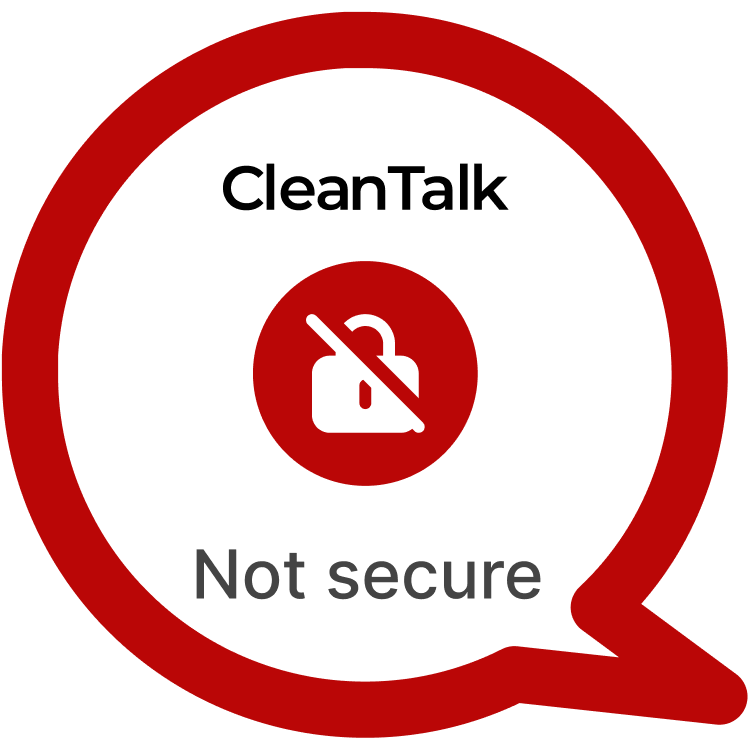WordPress, being one of the most popular content management systems globally, attracts a vast user base, including developers and businesses. Its extensive plugin ecosystem enhances its functionality, allowing users to customize their websites easily. However, with popularity comes the risk of vulnerabilities. One such critical issue has been discovered in the WordPress Button Plugin MaxButtons, potentially affecting over 100,000 installations worldwide. The vulnerability, identified as CVE-2024-3026, enables attackers to implement Stored Cross-Site Scripting (XSS) to create backdoors and gain unauthorized access.
| CVE | CVE-2024-3026 |
| Plugin | WordPress Button Plugin MaxButtons < 9.7.8 |
| Critical | High |
| All Time | 4 891 292 |
| Active installations | 100 000+ |
| Publicly Published | June 27, 2024 |
| Last Updated | June 27, 2024 |
| Researcher | Dmtirii Ignatyev |
| OWASP TOP-10 | A7: Cross-Site Scripting (XSS) |
| PoC | Yes |
| Exploit | No |
| Reference | https://cve.mitre.org/cgi-bin/cvename.cgi?name=CVE-2024-3026 https://wpscan.com/vulnerability/aba9d8a5-20a7-49e5-841c-9cfcb9bc6144/ |
| Plugin Security Certification by CleanTalk |  |
| Logo of the plugin |
Timeline
| March 27, 2024 | Plugin testing and vulnerability detection in the WordPress Button Plugin MaxButtons have been completed |
| March 27, 2024 | I contacted the author of the plugin and provided a vulnerability PoC with a description and recommendations for fixing |
| June 27, 2024 | Registered CVE-2024-3026 |
Discovery of the Vulnerability
During a routine security assessment of the MaxButtons plugin, security researchers discovered a severe Stored XSS vulnerability. This flaw allows attackers to inject malicious scripts into the plugin’s settings, which can be executed whenever a user interacts with the infected components. Specifically, the vulnerability resides in the “Custom Rel Tag” field of the button creation process, where untrusted input is not properly sanitized, leading to potential security breaches.
Understanding of Stored XSS attack’s
Cross-Site Scripting (XSS) is a prevalent web application vulnerability that allows attackers to inject malicious scripts into web pages viewed by other users. In WordPress, XSS vulnerabilities can have far-reaching consequences, especially when plugins with extensive reach, like MaxButtons, are involved. For instance, an attacker could embed harmful JavaScript code in a post or plugin setting, which would execute in the context of an admin’s session, leading to actions like unauthorized account creation, data theft, or site defacement.
Exploiting the Stored XSS Vulnerability
The exploitation process for CVE-2024-3026 is straightforward yet dangerously effective. An attacker with editor-level permissions can leverage this vulnerability to inject malicious scripts. The proof-of-concept (POC) involves the following steps:
POC:
You should go to creation of new Button. Change “Custom Rel Tag” field to (123″ onmouseover=”alert(1)”) -> Save Settings (Admins and editors are allowed to use JS in posts/pages/comments/etc, so the unfiltered_html capability should be disallowed when testing for Stored XSS using such roles)
____
The potential risks posed by CVE-2024-3026 are significant. Successful exploitation can lead to severe consequences, such as:
- Account Takeover: Attackers can create or modify administrative accounts, gaining full control over the WordPress site.
- Data Theft: Sensitive information, including user data and credentials, can be extracted.
- Website Defacement: Attackers can alter the appearance and content of the website, damaging its reputation.
- Further Exploitation: The compromised site can serve as a launchpad for further attacks on visitors and other connected systems.
Recommendations for Improved Security
To mitigate the risks associated with CVE-2024-3026, it is crucial for website administrators and developers to take proactive measures:
- Update Plugins: Ensure that all plugins, including MaxButtons, are updated to the latest versions where vulnerabilities are patched.
- Sanitize Inputs: Implement strict input validation and sanitization practices to prevent the injection of malicious scripts.
- Restrict Permissions: Limit the use of the
unfiltered_htmlcapability to trusted users only, reducing the risk of exploitation by lower-level users. - Regular Security Audits: Conduct periodic security assessments to identify and address vulnerabilities promptly.
- Educate Users: Train users and administrators on security best practices and the importance of maintaining a secure WordPress environment.
By taking proactive measures to address Stored XSS vulnerabilities like CVE-2024-3026, WordPress website owners can enhance their security posture and safeguard against potential exploitation. Stay vigilant, stay secure.
#WordPressSecurity #StoredXSS #WebsiteSafety #StayProtected #VeryHighVulnerability
Use CleanTalk solutions to improve the security of your website
DMITRII I.